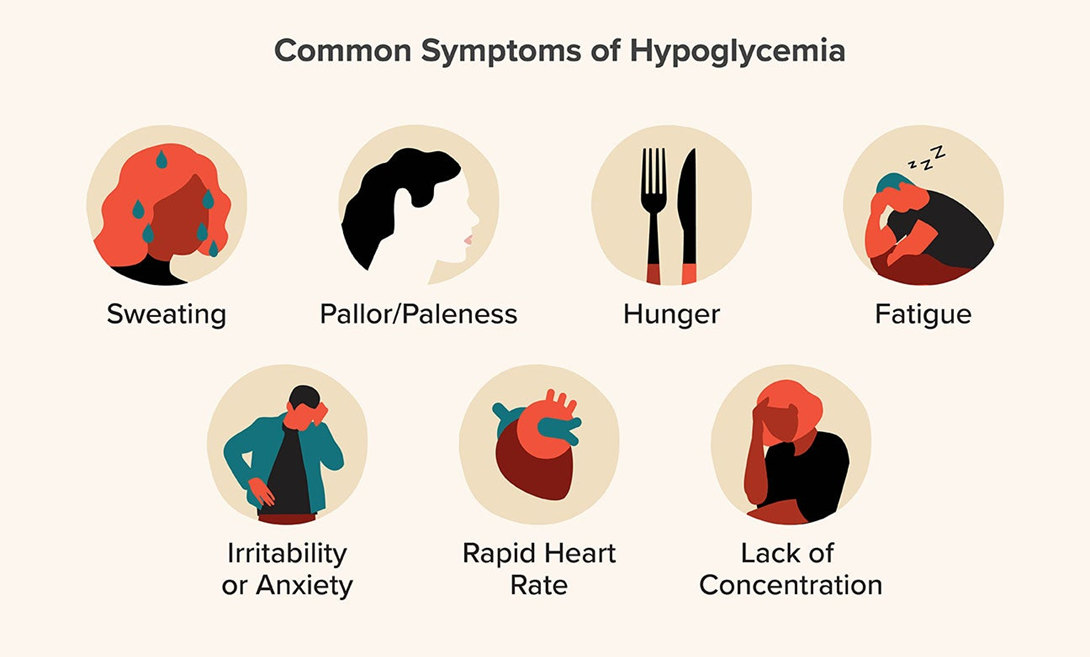A nurse is working in a shelter following a disaster. Which of the following is the priority action for the nurse to take?
Create diversionary activities for children.
Address the physical needs of clients.
Help clients gather needed supplies.
Explore feelings the clients are experiencing.
The Correct Answer is B
Choice A reason: Creating diversionary activities for children is not the priority action for the nurse to take. This is a supportive intervention that can help the children cope with the stress and trauma of the disaster, but it should be done after the nurse has ensured the safety and well-being of the clients.
Choice B reason: Addressing the physical needs of clients is the priority action for the nurse to take. This is based on the principle of Maslow's hierarchy of needs, which states that the nurse should prioritize the most basic and essential needs of the clients, such as food, water, shelter, clothing, and medical care. The nurse should assess the clients for any injuries, illnesses, or chronic conditions, and provide appropriate interventions or referrals.
Choice C reason: Helping clients gather needed supplies is not the priority action for the nurse to take. This is a helpful intervention that can assist the clients to obtain the resources and materials they need to survive and recover from the disaster, but it should be done after the nurse has addressed the physical needs of the clients.
Choice D reason: Exploring feelings the clients are experiencing is not the priority action for the nurse to take. This is a therapeutic intervention that can facilitate the emotional and psychological healing of the clients, but it should be done after the nurse has addressed the physical needs of the clients. The nurse should also respect the clients' readiness and willingness to share their feelings, and avoid forcing or rushing the process.
Nursing Test Bank
Naxlex Comprehensive Predictor Exams
Related Questions
Correct Answer is D
Explanation
Choice A reason: Oliguria is not a condition that a nurse should expect in a client who has hypoglycemia. Oliguria is a reduced urine output, typically defined as less than 0.5 ml/kg/hour in an adult³. Oliguria can be a sign of dehydration, kidney failure, or urinary obstruction, but it is not related to low blood sugar levels.
Choice B reason: Diplopia is not a condition that a nurse should expect in a client who has hypoglycemia. Diplopia is a double vision, or seeing two images of a single object. Diplopia can be caused by various eye problems, such as strabismus, cataracts, or nerve damage, but it is not a common symptom of low blood sugar levels.
Choice C reason: Hypoglycemia is not a condition that a nurse should expect in a client who has hypoglycemia. Hypoglycemia is the condition itself, not a symptom. Hypoglycemia is a low blood sugar level, usually below 70 mg/dl. Hypoglycemia can result from taking too much insulin or other diabetes medications, skipping or delaying meals, exercising more than usual, or drinking alcohol.
Choice D reason: Dizziness is a condition that a nurse should expect in a client who has hypoglycemia. Dizziness is a feeling of lightheadedness, faintness, or unsteadiness. Dizziness can occur when the brain does not receive enough glucose, which is its main energy source. Dizziness can also be accompanied by other symptoms of hypoglycemia, such as confusion, hunger, sweating, shakiness, or weakness.

Correct Answer is D
Explanation
Choice A reason: You will not be taking a once weekly dose of disulfiram to help control withdrawal symptoms during treatment. Disulfiram is a medication that causes unpleasant reactions, such as nausea, vomiting, and headache, when alcohol is consumed. It is used to deter relapse, not to treat withdrawal symptoms. It is also taken daily, not weekly.
Choice B reason: Remaining physically active will not help to minimize drowsiness and chills associated with initial alcohol withdrawal. Physical activity may worsen dehydration, electrolyte imbalance, and blood pressure changes that occur during alcohol withdrawal. It may also increase the risk of seizures and delirium tremens. The nurse should monitor the client's vital signs, fluid and electrolyte status, and mental status, and administer medications as prescribed to manage withdrawal symptoms.
Choice C reason: Attending Al-Anon meetings will not help you identify a role model to assist you with making needed changes. Al-Anon is a support group for family members and friends of people with alcohol use disorder. It helps them cope with the effects of living with or caring for someone with alcohol problems. It does not provide role models or guidance for people with alcohol use disorder. The nurse should encourage the client to attend Alcoholics Anonymous (AA) meetings, which are peer support groups for people who want to stop drinking.
Choice D reason: You will begin learning functional skills to replace defense mechanisms and behaviors while in treatment. This is an appropriate statement for the nurse to include in the discussion, as it reflects one of the goals of treatment for alcohol use disorder. The nurse should help the client identify and modify the cognitive, emotional, and behavioral factors that contribute to alcohol use. The nurse should also teach the client coping skills, stress management techniques, and relapse prevention strategies.
Whether you are a student looking to ace your exams or a practicing nurse seeking to enhance your expertise , our nursing education contents will empower you with the confidence and competence to make a difference in the lives of patients and become a respected leader in the healthcare field.
Visit Naxlex, invest in your future and unlock endless possibilities with our unparalleled nursing education contents today
Report Wrong Answer on the Current Question
Do you disagree with the answer? If yes, what is your expected answer? Explain.
Kindly be descriptive with the issue you are facing.
